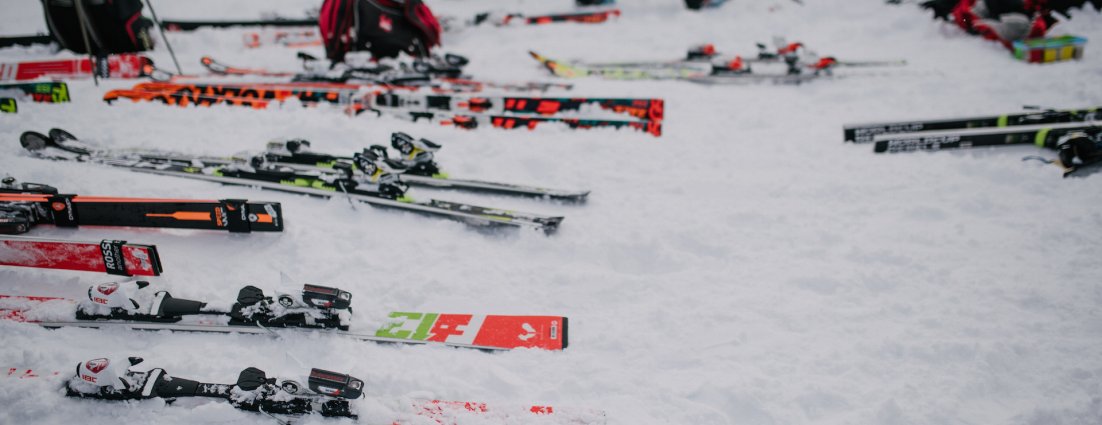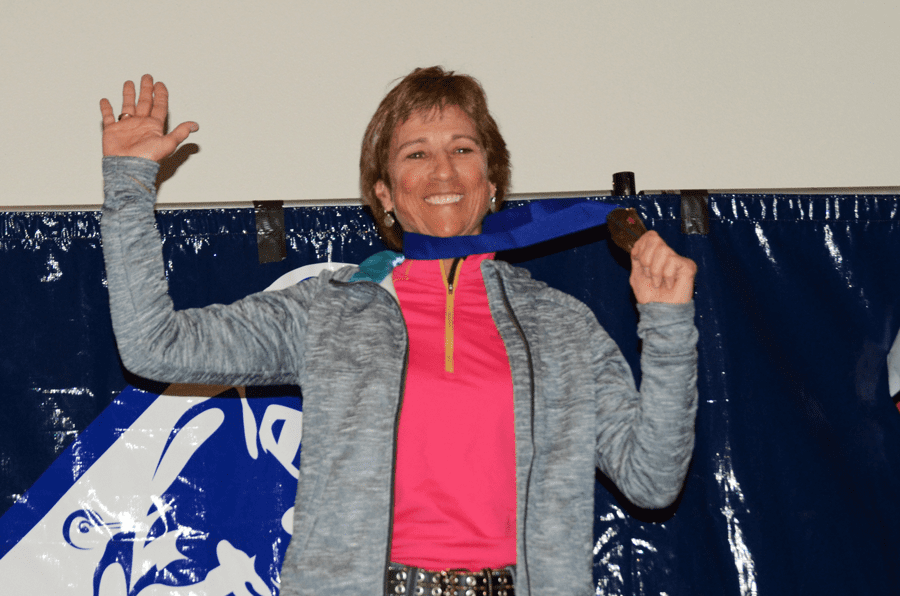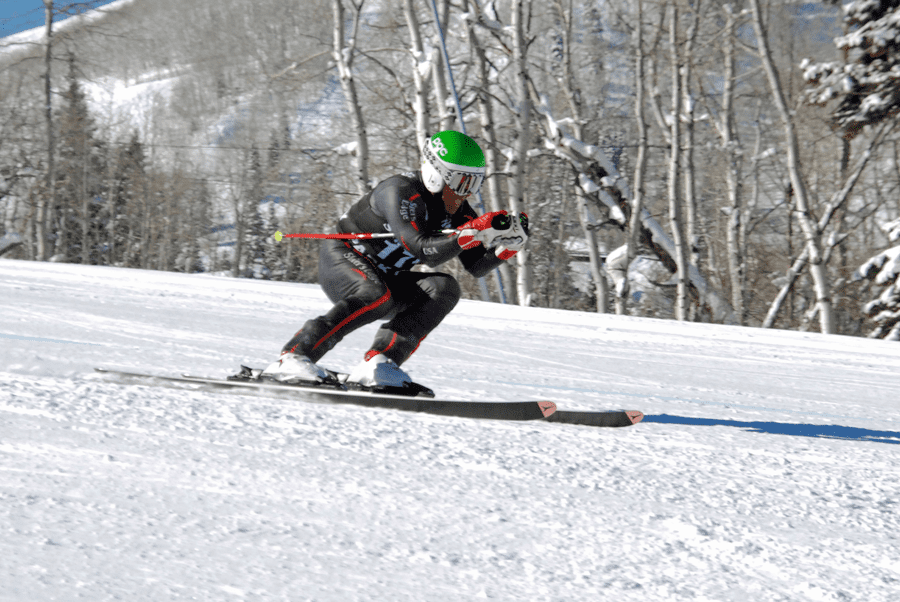The Bionic Ski Racer
09.18.2017 | Lisa Densmore Ballard

Remember the hit television series, The Six Million Dollar Man? From 1973-1978, actor Lee Majors played the role of Colonel Steve Austin, an ace pilot who barely survived a plane crash only to be rebuilt as the first bionic man. His cybernetic parts gave him superhuman speed and strength which he used to fight bad guys. Imagine what he could have done in a downhill!
About forty years ago, the idea of a person replacing a knee or a hip then returning to top form was indeed the stuff of television sci-fi shows. Today, it’s literally standard operating procedure. Many men and women have returned to ski racing after having a knee or hip replaced – sometimes more than one – only to ski as fast or faster than they did before surgery. Rick Slabinski, a member of the 2017 Spyder U.S. Alpine Masters National Team, was on track to win the International Ski Federation Masters Cup for men age 55-59, after having his knee replaced 10 years ago. Unfortunately, he crashed at the slalom on the first day of the finals in Abertone, Italy. The crash cost him not only the title but also his “new” knee, which needed to be replaced again last spring.
While some may criticize Slabinski for taking undue risk after such a major orthopedic procedure with limited options if the joint is reinjured, Slabinski takes his latest knee injury and subsequent surgery in stride. “My first knee replacement was caused by soccer injuries,” says Slabinski, “It was bone on bone, which caused a lot of instability. I couldn’t get it scoped anymore. I dealt with the pain for 10 years, then pleaded with my doctor for the replacement. No one wanted to do it because I was young, only 47 at the time.”
Carol Levine remains a Masters champion after hip replacement surgery. Image Credit: Lisa Densmore Ballard
Going into his first knee replacement, Slabinski felt certain it was the right decision, in large part because he had found a top surgeon who worked in a hospital with one of the lowest post-surgery infection rates in the country. And he had prepared for it by paying strict attention to his diet and getting in top physical condition before going under the knife.
“It wasn’t my first rodeo, but it was a big one,” recalls Slabinski, who had already had 22 previous knee surgeries. “I was confident in my doctor, and I knew how I would react to the anesthesia, so I wasn’t nervous. He pushed me to get in super shape. He also put me on vitamin supplements and a non-alkaline diet, which produced higher amounts of antioxidants to boost my immune system and increase my healing rate.”
Immediately post-surgery, Slabinski was in the gym to strengthen his upper body and at physical therapy (PT) for his leg. PT lessened the build-up of scar tissue and helped get back his range of motion. Surprisingly, the upper body workouts helped heal his new knee, too. Exercising his other body parts released hormones that promoted healing. However, despite religiously following the post-op protocols, his recovery was not without issue.
“My knee felt stiff,” says Slabinski, “[With my first new knee], when I got back on snow, I couldn’t get into the positions I wanted. PT got me to a 35-degree bend, which is the maximum for the type of joint I had, but then I lost ground. I thought cycling and then skiing would be enough, but I needed to stretch it and get through some scar tissue. My [second] new knee is already at that angle.”
Though his doctor says no ski racing, he was skiing at Arapahoe Basin in November, only six months after surgery.
“Big turns felt fine,” says Slabinski, “It’s a different kind of knee in there this time, not an ‘athletic knee’. I probably won’t ski slalom in holey courses anymore because if this knee gets torn up, the docs might not be able to give me another one, but I like to rip fast turns. I love feeling those G-forces. I can only do that on a course when the hill is closed to other skiers.”

